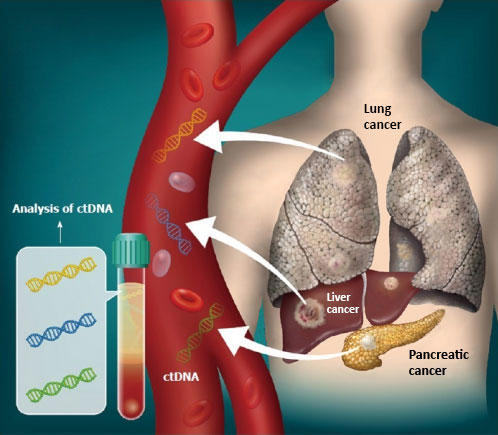Shooting lasers at foes is the stuff of science fiction, but now, a few farmers are fighting one of their greatest nemeses with a new technology - laser weeders.
Commercial laser weeders are large machines that pass over crop rows and take photos. A deep learning computer program analyzes the images to distinguish weeds from crops. Then, the lasers zap the weeds to kill them. The machine's computer program also allows farmers to prioritize types of weeds, such as smaller plants that are close to the crop that may be difficult for humans to see and eliminate, for the lasers to target.
The machines have mostly been used on the West Coast, but now a new study has tested how effectively they can work on the East Coast, where soils, crops, rainfall patterns and weeds can be different.
The study found that the lasers worked as well as common herbicides in test plots of East Coast peas, beets and spinach.
"We wanted to know if laser weeders are going to perform as well as business as usual here on the East Coast, and it turns out, they can," said Lynn Sosnoskie, assistant professor in the School of Integrative Plant Science, Horticulture Section at Cornell AgriTech in the College of Agriculture and Life Sciences. Sosnoskie is the first author on the paper, while collaborator Thierry Besançon, a plant biologist at Rutgers is corresponding author of the study, published June 24 in Pest Management Science.
Seattle-based Carbon Robotics, whose machines were tested in the study, has sold around 100 laser weeders. They come with a hefty price tag of up to $1.5 million each. "It's important for us to test them, because growers are assuming a lot of risk with technology and are putting a lot of capital investment in something they may not know will work," Sosnoskie said. Also, companies can quickly fail, so farmers need reassurances now, she said. There are currently three onion farms in New York using laser weeders.
Most conventional farmers control weeds with costly herbicides, which can be injurious to the crop, resulting in lower yields. Organic and conventional farmers may hire workers to hand weed, which is time and labor intensive.
In the study, the researchers conducted three research trials in New Jersey and New York on pea, spinach and beet crops, with four treatments: a control where weeds were allowed to grow freely; applications of common herbicides; laser weeders alone; and a combination of lasers and herbicides. Plots were monitored for crop emergence, crop growth and development, weed emergence, weed cover and density, and total weed biomass produced. The study included two to three passes with the laser weeders, each about 10 days apart.
Results showed that laser weeding was as effective as or better at controlling annual weeds than three common herbicides (S-metolachlor, bentazon and phenmedipham). While the lasers did well at eliminating such weeds as lambsquarters and ragweed, they were less effective at controlling purslane and annual grasses. That's because lasers target the plant's growing point, called the meristem, and some weeds have hidden meristems; for example, in grasses, the growing points are below ground. The weeders generally worked better against smaller species, which take less energy to kill, Sosnoskie said.
Compared to untreated controls, laser weeding reduced the percentage of a plot covered by weeds by up to 45%; and reduced weed density - the number of weeds present in a square meter - by up to 66%, resulting in 97% less weed biomass by season's end, according to the paper.
The laser weeders offered other benefits. The herbicides evaluated in the study delayed crop emergence and/or stunted the crops, but with the lasers crop stunting was less than 1% and crop biomass increased by up to 30% when laser weeding replaced herbicide use, the authors reported.
Next steps will include optimizing laser weeding across different environments and weed species, and evaluating commercial units with improved lasers and faster processing speeds.






